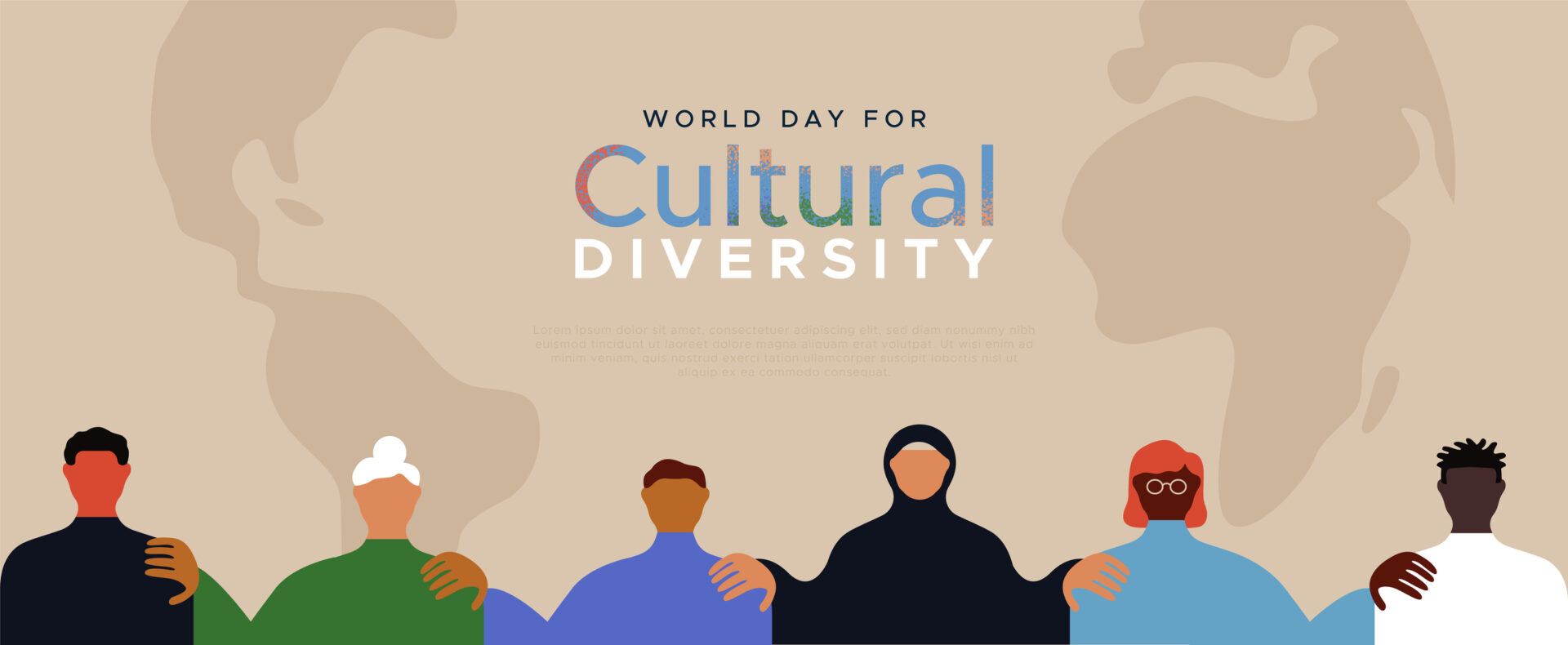Earth Day. A day to celebrate our little blue planet and reflect on beauties found all around the globe. It’s also a day when the world stops to focus on how we can save the earth from climate change and global warming.
Many news sources and environmental advocates are circulating images of once-polluted areas that now appear to be smog-free. This is not a magic trick or the work of Photoshop. It is a result of the lockdown that many states and countries are under due to COVID-19. While these images display temporary positive changes, it is not something that will be sustainable.
In the following post, we highlight COVID-19’s immediate impact on our environment and what it means for the future.
It’s Temporarily Lowering Greenhouse Gas Emissions
With travel restrictions in place and many citizens around the globe being advised to stay at home, global carbon emissions of CO2 have made the largest decline ever recorded. Scientists predict a CO2 drop by 5.4%. Although carbon dioxide is just one of a few greenhouse gases, it is responsible for the majority of emissions. CO2 is responsible for roughly 76% of greenhouse gases, while nitrous oxide, methane, and F-gases make up the remaining 24%.
Although the numbers are not as well represented, officials are reporting lower levels of nitrous oxide as a result of factories and large industrial plants being shutdown. These numbers are seen in densely populated and polluted cities like New York and Beijing.
It’s Going to Cause a Rebound
Despite the promising numbers listed above, scientists are warning the public to avoid getting their hopes up. They believe the numbers we see now will not continue. In fact, experts predict a dramatic increase in greenhouse gas emissions as soon as lockdowns and stay-at-home orders are lifted. Lower levels of greenhouse gases have come at the cost of job loss, economic inactivity, and changes in lifestyles.
Once restrictions are lifted, individuals will most likely carry on as they did before. This means greenhouse gas emissions will return to their previous state or, worse, they could increase.
We have not seen a crisis like COVID-19 in our lifetimes, so it is difficult to predict what the new normal will look like. There is the potential that individuals, corporations, and industries will want to make up for lost time through excessive traveling, excessive consumption, and excessive production. These things could all cause greenhouse gas emissions to be higher than they were before COVID-19.
It’s Increasing Waste
With COVID-19 living on surfaces for up to three days, people are turning away from reusables and replacing with disposables. Cities who worked hard to enact bans on plastic bags and create an infrastructure that allows for composting are having to take a step back. COVID-19 is bringing back single-use plastics. Before, single-use plastics seemed wasteful, now they are essential. For this reason, many manufacturers and companies are requesting that previously passed plastic bans be removed. Even some environmental advocates acknowledge that now is not the time to cut down or limit plastic use. Although unsustainable, it is in the best interest of public health and safety to utilize plastic packaging at this time.
It’s Putting a Hold on Environmental Initiatives
Due to COVID-19, the United Nations annual climate summit is on hold until next year. This year, just under 200 countries were going to announce their plans to reduce greenhouse gas emissions. Not only are these plans no longer being shared, but they also are not being put into action.
With COVID-19 taking center stage, environmental efforts are on the back burner. A tragic example of this can be seen in the Brazilian government’s decision to temporarily cut rainforest protection. As one of the most biodiverse locations on the planet, this decision is worrisome. Limited protection subjects the rainforest to the illegal seizing of land. The invasion of those making these land seizures can also put indigenous tribes within the rainforest at risk for contracting COVID-19. Due to these communities’ remote location and close living quarters, COVID-19 has the potential to wipe out entire indigenous populations along with their rich and unique histories.
Looking for ways to celebrate Earth day while social distancing?
Visit www.earthday.org for some ideas!







Leave A Comment